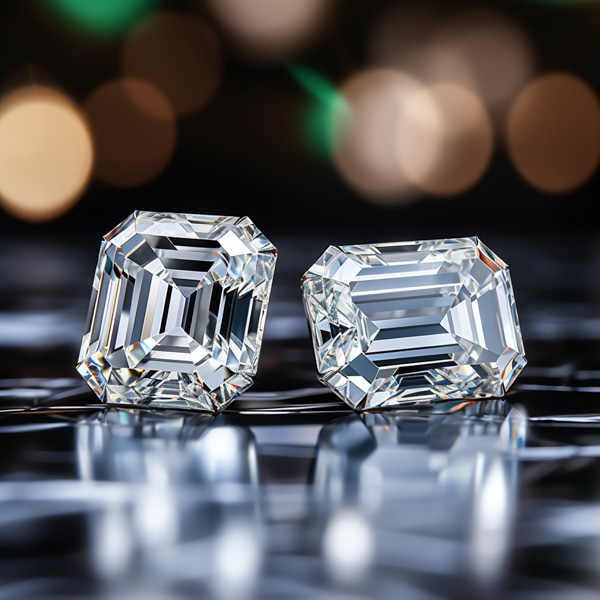Let's dive into the cutting-edge realm of lab-grown diamonds and the mesmerizing techniques behind their creation

Understanding Lab-Grown Diamonds:
Lab-grown diamonds, also known as synthetic or cultured diamonds, are created in controlled environments that replicate the conditions under which natural diamonds form deep within the Earth. These diamonds exhibit the same physical, chemical, and optical characteristics as their mined counterparts, but their origin is rooted in human ingenuity and technological advancements.
Techniques for Lab-Grown Diamond Production:
1️⃣ High Pressure High Temperature (HPHT):
This technique mimics the Earth’s mantle conditions by subjecting carbon to extremely high pressure and high temperature (about 1,400 to 1,600°C). In this environment, carbon atoms arrange themselves into the crystal lattice structure that forms diamonds.
2️⃣ Microwave Plasma Chemical Vapor Deposition (MPCVD):
An advanced form of CVD, MPCVD utilizes microwave radiation to enhance the efficiency of the deposition process. This results in a faster and more controlled growth of diamond crystals.
Benefits of Lab-Grown Diamonds:
Ethical and Sustainable: Lab-grown diamonds eliminate concerns related to environmental impact and ethical issues associated with traditional diamond mining.
Cost-Effective: Production costs for lab-grown diamonds are often lower than mining and extracting natural diamonds, making them a more budget-friendly option.
Quality Control: Precise control over the growth conditions ensures consistent quality, and defects can be minimized through advanced technologies.
The Future of Diamonds:
As technology continues to advance, we can anticipate even more innovative techniques and sustainable practices in the lab-grown diamond industry. The marriage of science and luxury is truly revolutionizing an age-old market!
Let’s spark a conversation! What are your thoughts on lab-grown diamonds, and how do you see the future of the diamond industry evolving? Share your insights below!







